India and the United States
India has benefited from the punishing relationship that has developed between China and the United States
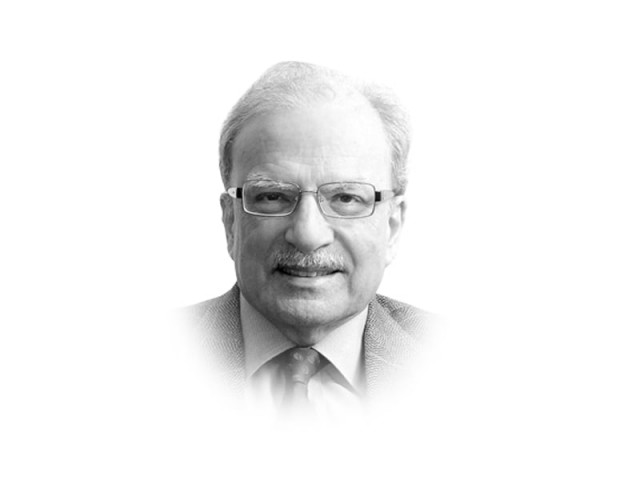
The global order constructed with considerable care by the Western leadership that won for their nations the Second World War is now under great stress. We are now witnessing the growing conflict among four large powers: the United States, China, Russia and India. Complicating relations among them are now not only deeply held national interests but also idiosyncratic personalities that lead them.
According to a news analysis done for The New York Times by its correspondent Mujib Mashal, "the much-touted bond nurtured through platitudes and joint appearances at stadia during rallies held in Mr. Trump's first term, led one television anchor sympathetic to India's leader to suggest that Trump and Modi 'have extraordinary chemistry'. Another chipped in: 'when the two of them are onstage together, it is lightning.' But when Mr. Modi needed to lean into that relationship, he instead has had to weather a series of blows that is hurting his reputation at home. Indian officials are wondering how the historic highs in the relationship have soured so quickly."
The American president did not favour India as he announced a series of trade-related actions including levy of tariffs on imports from several countries. On July 29, 2025, Trump announced that he was imposing 25 per cent tariffs on imports from India and some additional penalties for India's close ties with Russia which included imports of oil from Moscow. India's exports to the United States have grown rapidly, making the United States its largest trading partner. Trade in goods alone is estimated at $130 billion a year, with pharmaceuticals and electronics — including Apple's new iPhones — among India's major exports.
India has benefited from the punishing relationship that has developed between China and the United States. For decades, Apple had its popular products assembled in a large Taiwanese-owned factory in south China, using parts and components imported from small nations in Southeast Asia. Following the souring of relations between China and the United States, Apple moved a significant number of its operations from China to India. Some of India's exports to the United States are targeted at the large Indian diaspora in America. Indian Americans buy jewelry studded with diamonds and precious stones from makers in India.
Mashal followed his story about India's external relations with another coauthored with Hari Kumar. This time the analysts took a grim view of the situation, writing under a title — "Humiliated by the US and slighted by China, India is left to reflect," that represented their view of the Indian situation. Prime Minister Modi spoke with President Putin on the phone following which he said that both sides vowed to deepen "the India-Russia Special and Privileged Strategic Partnership". Prime Minster Modi's national security adviser visited Moscow after Putin and Modi talked on the telephone to finalise details of a planned visit to India by the Russian president.
There was considerable handwringing in India the way Donald Trump's Washington had treated the country. Nirupama Rao, a former Indian ambassador to Beijing and Washington, said the American president's moves had upended "the strategic logic of a very consequential partnership" that had been carefully nurtured over more than two decades. There will be "very pragmatic strategic recalibrations by New Delhi to protect its interests. India's growing economy allows its leaders breathing room, but it is still a moment of deep introspection for the country. We have to draw our lessons from that and really focus on the national priorities and what we need to do to become stronger and more influential," she said.
Ms Rao spoke with the press as the talks on trade issues with Washington had stalled after several inclusive rounds of discussions. After multiple rounds of talks between the technical teams from Washington and New Delhi, the two sides appeared to be close to finalising the first phase of bilateral relationship between the two nations that had become complicated overtime. The talks suggested that India was willing to open, to an extent, its long protected agriculture markets. Protecting the farming community in the areas close to Delhi, the India capital, had become a sensitive issue. In the summer of 2024, the Sikh farmers from the state of Punjab marched on New Delhi demanding the withdrawal of laws passed by the Modi government that would have allowed investments by large non-Punjabi enterprises in the province's agriculture. Having come under pressure, Modi withdrew the law.
Amitabh Kant, until recently Prime Minister Modi's envoy for dealing with the Group of 20 economies, said that Trump had used strongarm tactics against other traditional American allies as well, and that before the year is out India and the United States could arrive at a mutually beneficial trade deal. "But even if the trade issues are sorted out the trust would have been lost forever."
Non-trade issues had also begun to get involved. Trump had begun to punish India for its relations with Moscow. He announced an additional 25 percent tariff imposed as penalty for India's increasing trade with Russia. The White House said that the addition to the already high tariff would go into effect at the end of August . Some analysts saw this move as a crude bargaining tactic to get more favourable trade deal with India and also to pressure Putin's Russia to do a deal on Ukraine with the United States and its western allies.
Added to these tensions is the sudden warming of relations between Washington and Islamabad. This is a subject I will take up in a later article. I will conclude this piece by quoting at some length a statement by Sanjaya Baru, an author and former adviser to Modi's predecessors: "What we have now is a US president who is very egotistical person with the highly personalized style of leadership and an Indian prime minister who is also an egotistical person with a highly personalized style of leadership. When you have two leaders who have converted what is essentially a relationship between two nations into a relationship between individual leaders, I think this is the price that we probably are now paying."
Leadership idiosyncrasies matter in those systems where the underlying political structures are weak. The four countries I have identified above whose relationships are defining the new global order have leadership in the hands of people who are idiosyncratic. That is not only the case with Donald Trump of the United States and Narendra Modi of India. The same can be said about China's Xi Jinping and Russia's Vladimir Putin.



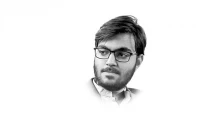

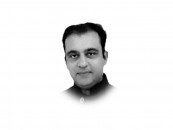
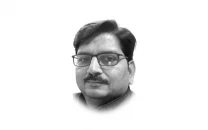


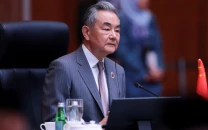

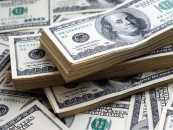
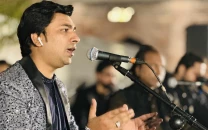
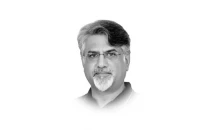
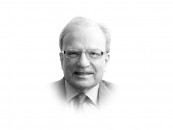
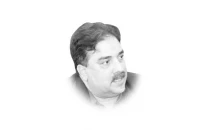
COMMENTS
Comments are moderated and generally will be posted if they are on-topic and not abusive.
For more information, please see our Comments FAQ